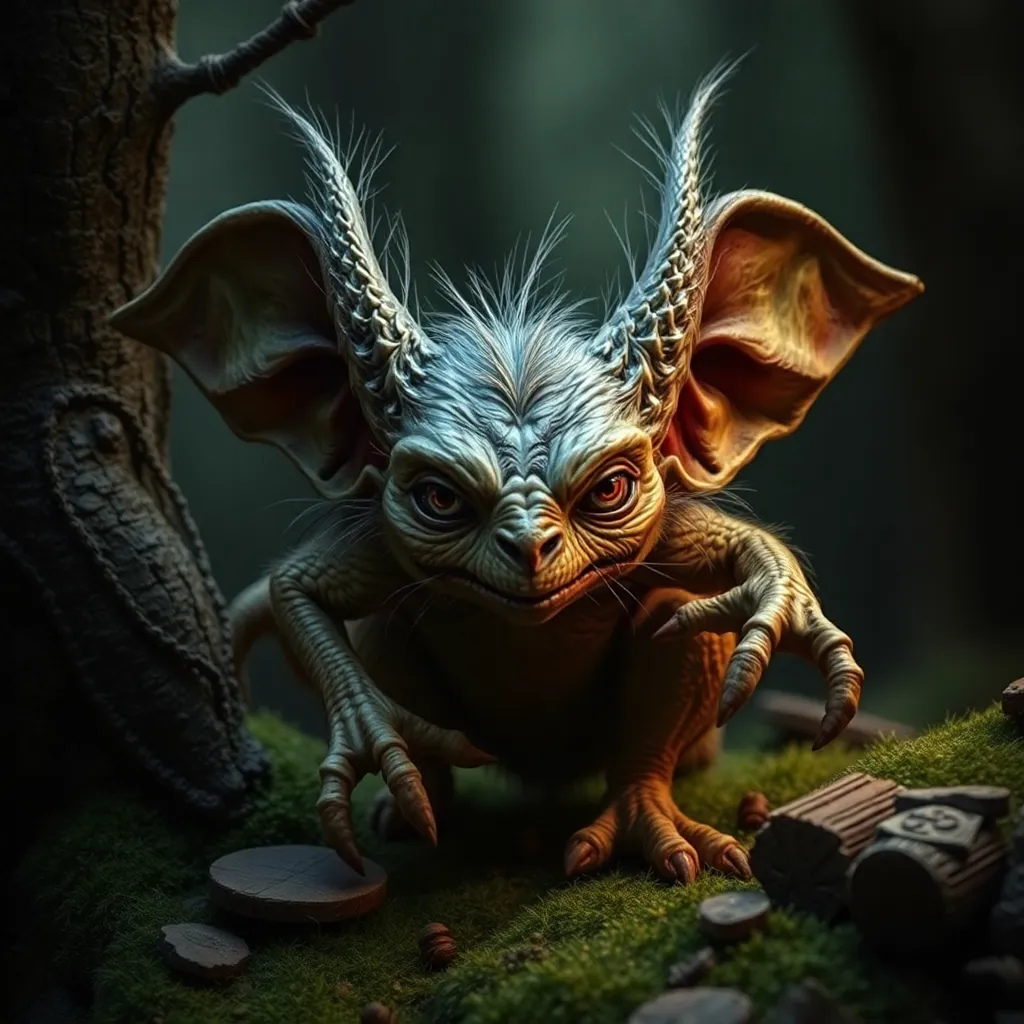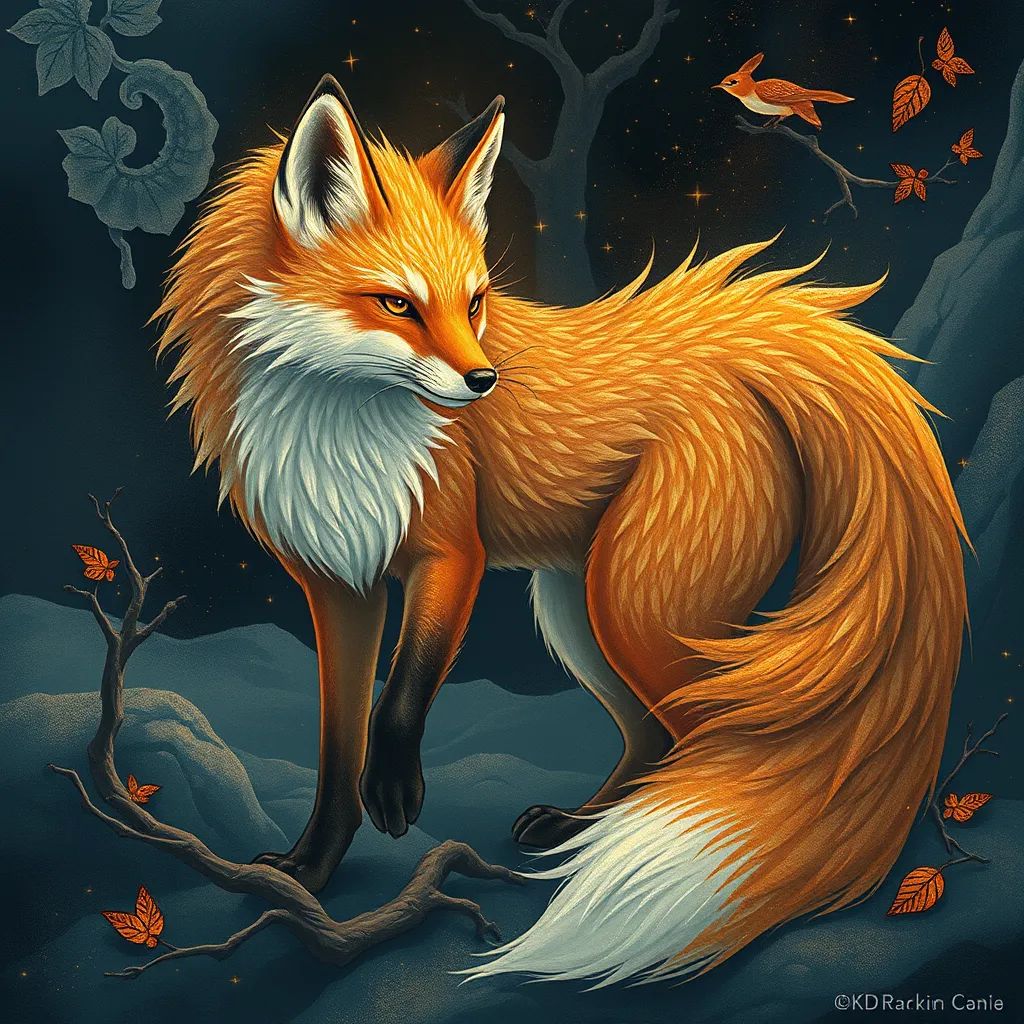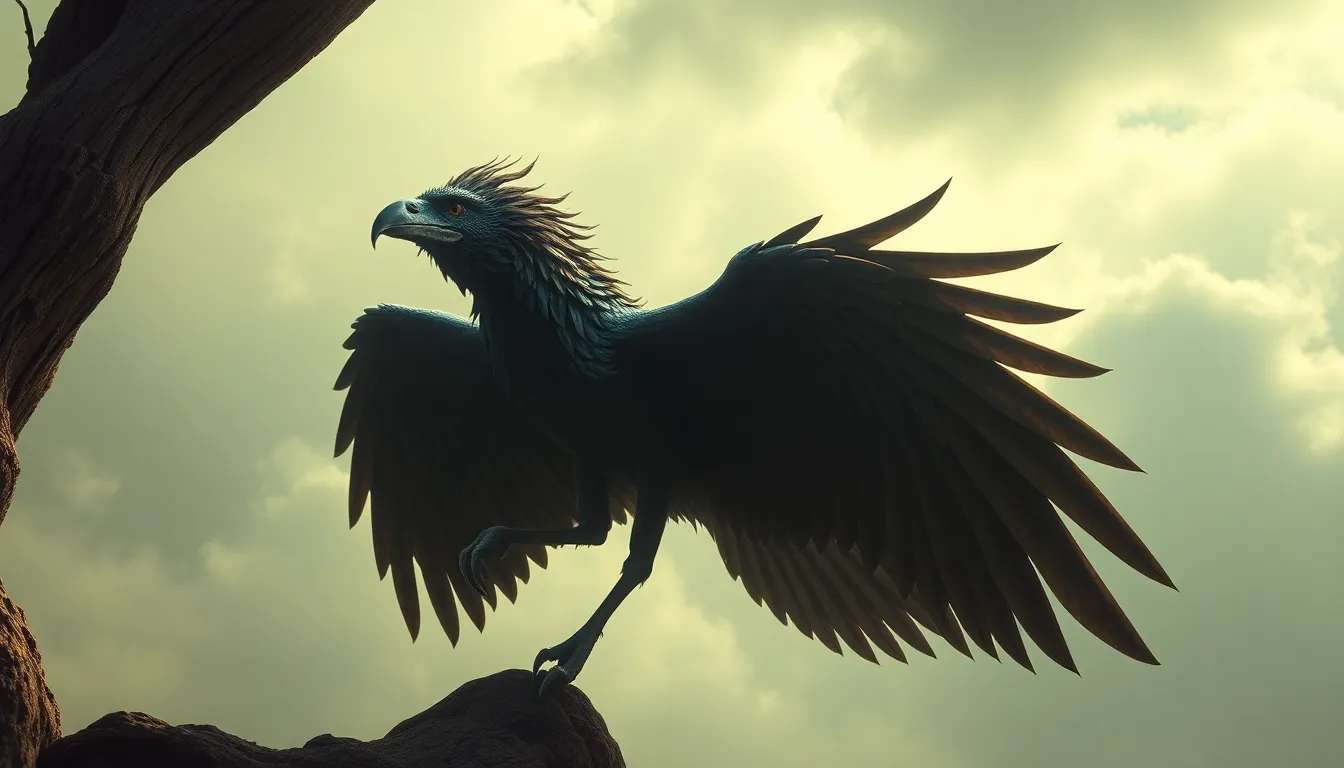The King of the Mountain: Exploring the Legends of the Oni in Chinese Folklore
I. Introduction
The Oni, often regarded as a fearsome figure in various Asian cultures, holds a unique position in Chinese folklore. These mythical beings embody a complex mix of fear, reverence, and moral lessons, especially in the context of the mountainous landscapes that dominate much of China’s geography. Mountains symbolize strength, stability, and the divine in Chinese culture, making them a fitting backdrop for the Oni’s narratives. This article aims to delve into the origins, characteristics, and cultural significance of the Oni, shedding light on their role as both protectors and cautionary figures within Chinese folklore.
II. Origins of the Oni in Chinese Mythology
The origins of the Oni can be traced back to ancient Chinese mythology, where they are often depicted as supernatural beings associated with the mountains. Historical texts and folklore offer glimpses into the early references of these creatures, highlighting their evolution over centuries.
- Historical context: The earliest mentions of the Oni can be found in ancient Chinese literature, often linked to tales of the supernatural and the unknown.
- Comparison with similar figures: The concept of the Oni shares similarities with the Japanese Oni, both being portrayed as ogre-like creatures but with differing cultural significances.
- Evolution of portrayal: Over time, the Oni’s image has transformed from a fearsome monster to a more nuanced character that embodies both danger and protection.
III. Characteristics and Attributes of the Oni
The Oni are known for their striking physical characteristics and unique abilities. They are often depicted in folklore with a range of attributes that contribute to their fearsome reputation.
- Physical descriptions: Typically, Oni are described as large, muscular beings with fierce expressions, sharp claws, and vibrant skin colors that range from red to blue.
- Common abilities: These beings are often attributed with supernatural powers, such as strength, shapeshifting, and the ability to manipulate nature.
- Moral role: The Oni frequently appear in moral tales that caution against greed, disobedience, and disrespect for nature, serving as a reminder of the consequences of such actions.
IV. The Oni as a Guardian of the Mountains
In Chinese culture, mountains hold deep symbolic meaning, representing not only physical barriers but also spiritual gateways. The Oni’s role as a guardian of these sacred spaces is integral to their narrative.
- Symbolism of mountains: Mountains are seen as sacred in Chinese culture, often associated with deities and ancestral spirits.
- Protector role: The Oni is depicted as a protector of these natural landscapes, ensuring that they remain untainted and revered.
- Human encounters: Numerous stories recount encounters between humans and the Oni, often illustrating the need for respect towards nature and its guardians.
V. The Oni in Folklore and Popular Culture
The Oni has left a significant mark on both traditional folklore and contemporary popular culture. Their stories carry valuable teachings and continue to resonate with modern audiences.
- Traditional tales: Folklore surrounding the Oni often includes moral lessons, teaching respect for nature and the importance of community.
- Modern adaptations: In literature, film, and art, the Oni has been reimagined, showcasing their versatility as characters that can embody both fear and wisdom.
- Cultural influence: The Oni continues to influence contemporary Chinese identity, serving as a symbol of resilience and a reminder of cultural heritage.
VI. Regional Variations of the Oni Legend
The legends of the Oni vary across different regions of China, reflecting the diverse cultural landscapes and traditions of the provinces.
- Differences in portrayal: In some areas, the Oni may be viewed as malevolent beings, while in others, they are seen as benevolent guardians.
- Case studies: Local legends, such as those from Sichuan or Yunnan, feature unique interpretations of the Oni, often incorporating local flora and fauna.
- Geographical influences: The geography of a region influences how the Oni are depicted, with mountainous regions often portraying them as protectors of the land.
VII. The Psychological and Social Significance of the Oni
The Oni serves as a reflection of societal fears and desires, playing a crucial role in community bonding and the preservation of cultural identity.
- Societal reflections: The tales of the Oni often mirror societal fears regarding nature, the unknown, and human behavior.
- Community bonding: Storytelling traditions surrounding the Oni foster community ties, bringing people together to share lessons and experiences.
- Cultural identity: The Oni remains an important symbol in Chinese folklore, contributing to the rich tapestry of cultural identity and heritage.
VIII. Conclusion
The Oni has emerged as a significant figure in Chinese folklore, embodying the complexities of fear, respect, and moral teachings. Their enduring legacy serves as a reminder of the importance of nature and cultural traditions in modern society. As we continue to explore such folklore, we uncover deeper insights into our values, fears, and the lessons that transcend generations.



